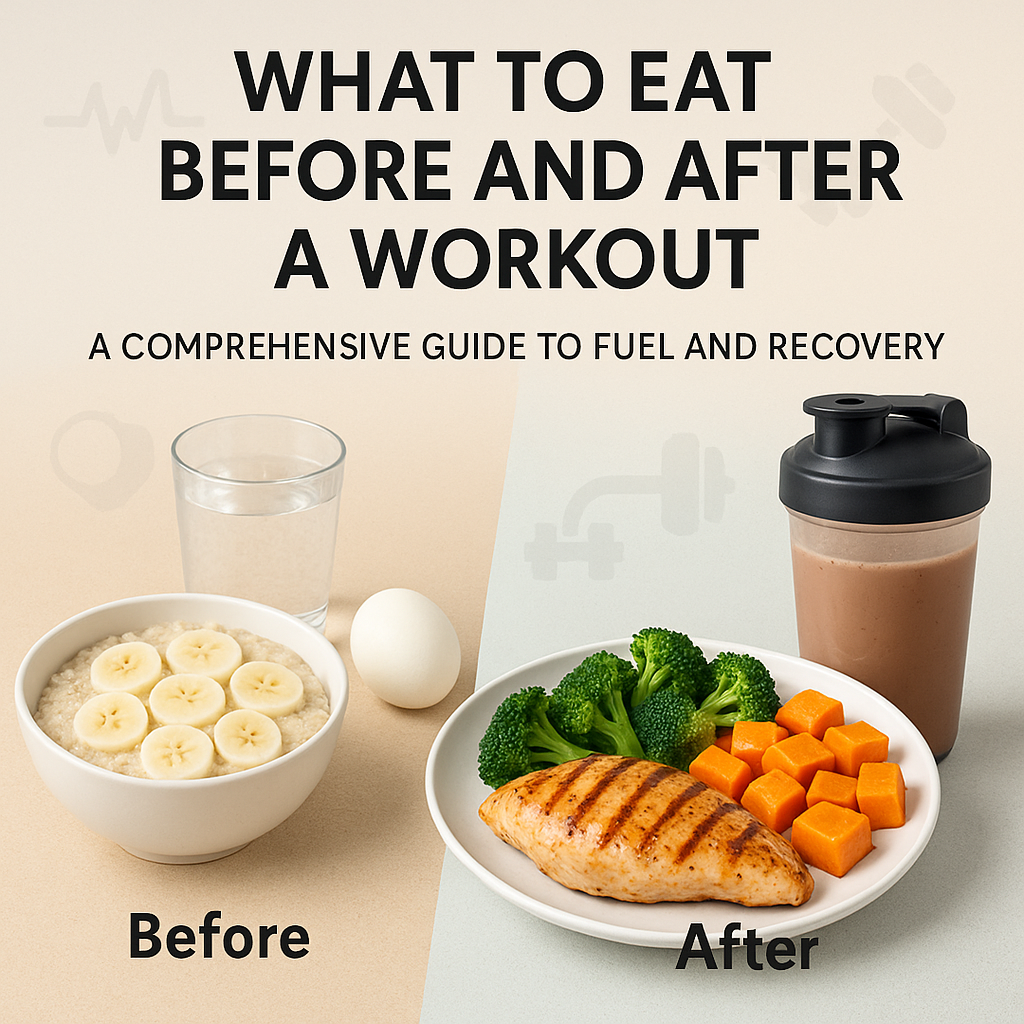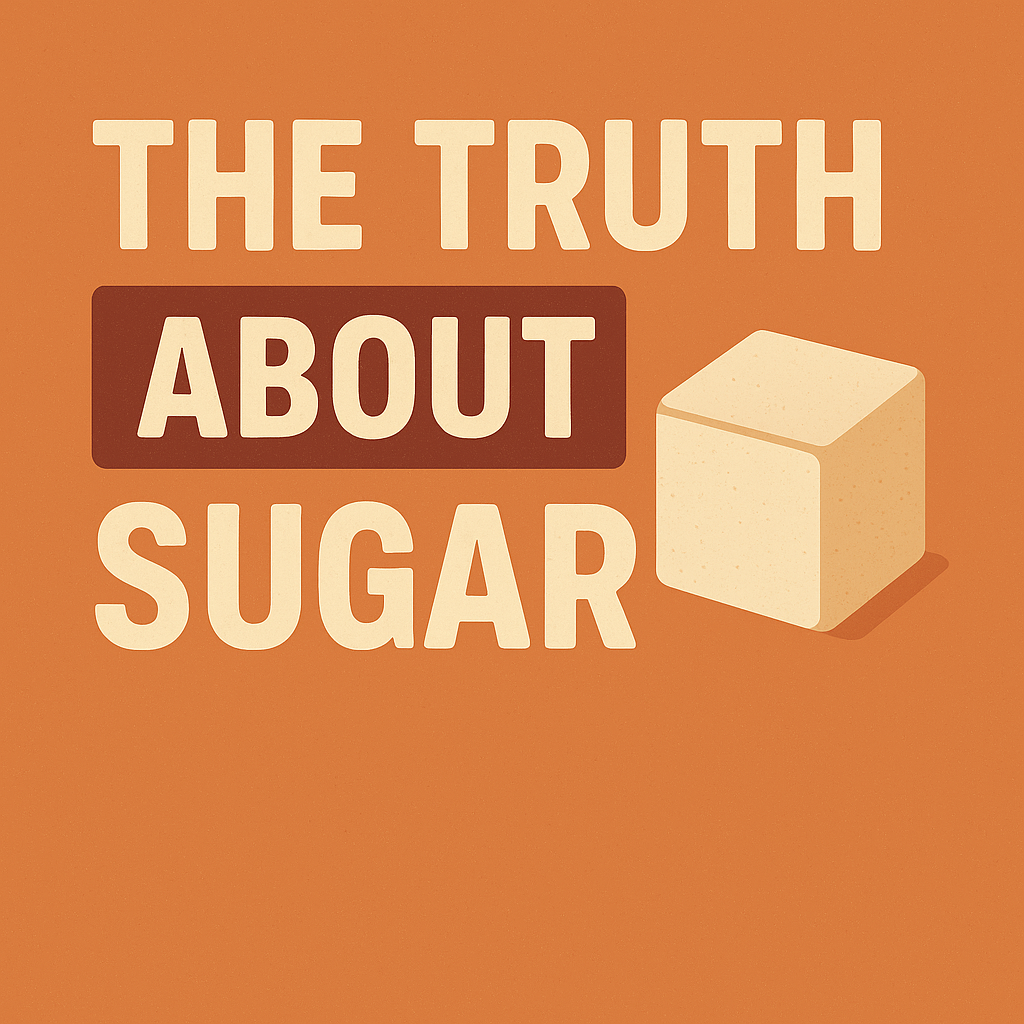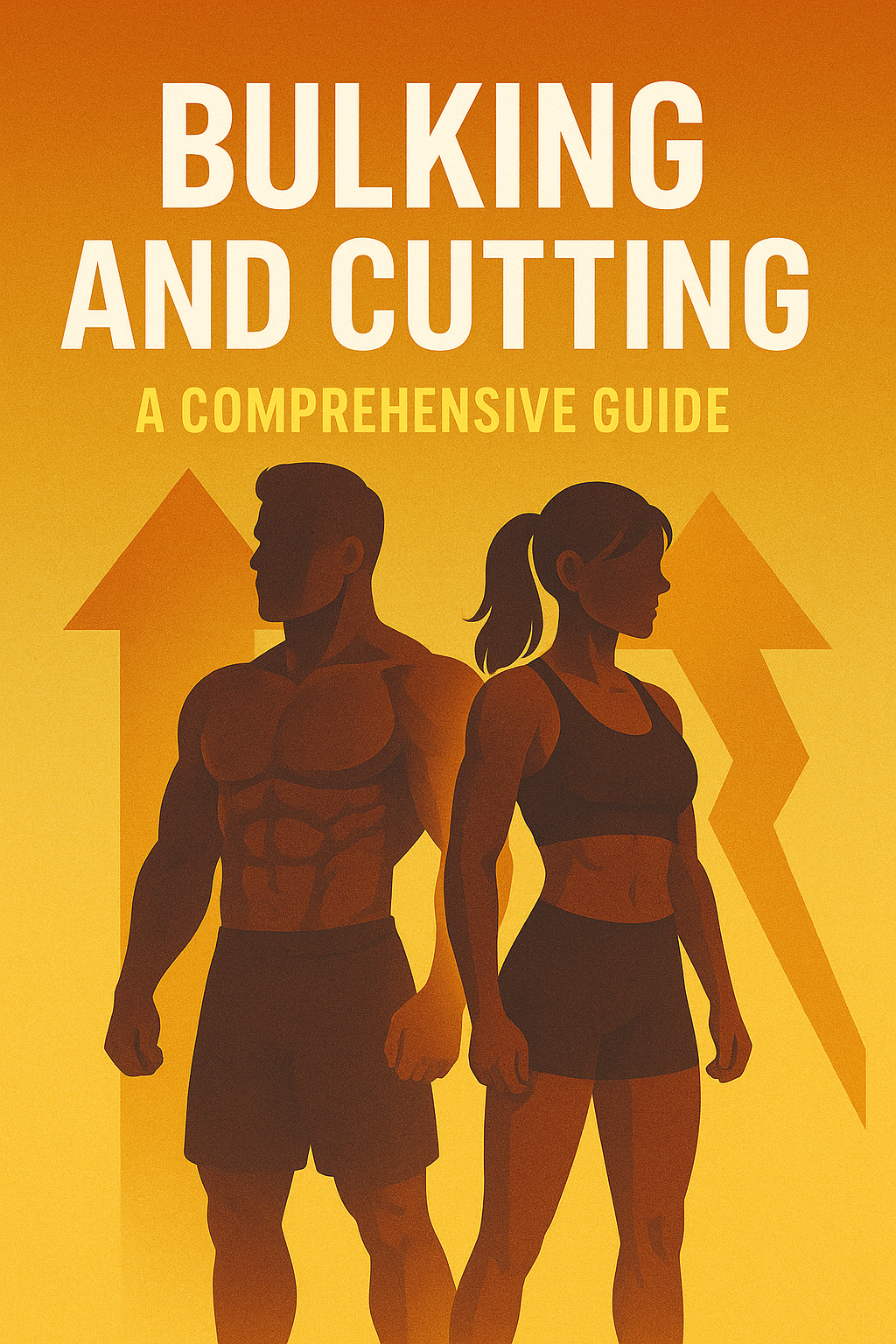Introduction:
What to Eat Before and After a Workout: A Comprehensive Guide
When it comes to working out, many of us focus on the exercise itself, but neglect one of the most critical components of a successful fitness routine: nutrition. What you eat before and after a workout can significantly impact your performance, recovery, and overall progress. A well-fueled body can help you power through even the toughest workouts, while a poorly fueled body can leave you feeling sluggish and sore.
In this guide, we’ll explore the importance of pre- and post-workout nutrition, and provide you with practical tips and recommendations on what to eat before and after a workout. Whether you’re a seasoned athlete or just starting out on your fitness journey, this guide will help you optimize your nutrition and take your workouts to the next level.
Section 1: What to Eat Before a Workout
Fueling Your Body for Optimal Performance
When it comes to pre-workout nutrition, the goal is to provide your body with the energy and nutrients it needs to perform at its best. A well-fueled body can help you power through even the toughest workouts, while a poorly fueled body can leave you feeling sluggish and lethargic.
Recommended Foods to Eat Before a Workout:
1. Complex Carbohydrates: Whole grains, fruits, and vegetables are rich in complex carbohydrates, which provide sustained energy and fiber. Examples include:
– Whole wheat toast with avocado and eggs
– Oatmeal with banana and honey
– Greek yogurt with berries and granola
2. Lean Protein Sources: Protein is essential for muscle function and recovery. Opt for lean protein sources like:
– Grilled chicken breast
– Turkey and avocado wrap
– Greek yogurt with protein powder
3. Healthy Fats: Healthy fats provide energy and support the absorption of vitamins and minerals. Include sources like:
– Nuts and seeds (almonds, walnuts, chia seeds)
– Avocado
– Olive oil
Timing is Everything:
Aim to eat your pre-workout meal 1-3 hours before your workout, depending on the intensity and duration of your exercise. This allows for proper digestion and reduces the risk of discomfort or cramping during exercise.
Example Pre-Workout Meals:
1. Grilled chicken breast with quinoa and steamed vegetables
2. Whole grain toast with almond butter and banana slices
3. Greek yogurt with berries, granola, and a sprinkle of protein powder
By fueling your body with the right foods before a workout, you’ll be able to perform at your best, recover faster, and achieve your fitness goals.
Section 2: What to Avoid Eating Before a Workout
Foods to Steer Clear of Before Your Workout
While it’s essential to fuel your body with the right foods before a workout, it’s equally important to avoid foods that can cause discomfort, hinder performance, or disrupt digestion. Here are some foods to steer clear of before your workout:
1. High-Fiber Foods: While fiber is essential for digestive health, high-fiber foods can cause bloating, cramps, and discomfort during exercise. Avoid foods like:
– Beans and legumes
– Cruciferous vegetables (broccoli, cauliflower, kale)
– High-fiber cereals
2. Spicy or Fatty Foods: Spicy or fatty foods can cause stomach upset, heartburn, and digestive discomfort during exercise. Avoid foods like:
– Spicy curries or hot sauces
– Fried foods or high-fat snacks
– Processed meats (hot dogs, sausages)
3. Caffeine and Sugary Drinks: While a small amount of caffeine can provide a energy boost, excessive caffeine consumption can lead to jitters, anxiety, and dehydration. Avoid drinks like:
– Energy drinks
– High-caffeine coffee or tea
– Sugary sports drinks or soda
4. Carbonated Drinks: Carbonated drinks can cause bloating, discomfort, and gas during exercise. Avoid drinks like:
– Soda
– Sparkling water
– Beer or carbonated alcoholic beverages
5. Heavy Meals: Eating a large, heavy meal before a workout can cause discomfort, indigestion, and sluggishness. Avoid eating large meals within 2-3 hours of your workout.
By avoiding these foods and drinks before your workout, you can minimize the risk of discomfort, optimize your performance, and achieve your fitness goals.
Section 3: What to Eat After a Workout
Refueling and Recovering for Your Next Workout
After a workout, your body needs the right nutrients to recover, rebuild, and refuel for your next exercise session. A well-planned post-workout meal or snack can help:
Replenish Energy Stores: Restore depleted energy stores and prevent fatigue.
Support Muscle Recovery: Provide essential amino acids to repair and rebuild muscle tissue.
Rehydrate: Replenish lost fluids and electrolytes.
Recommended Foods to Eat After a Workout:
1. Protein-Rich Foods: Include lean protein sources like:
– Grilled chicken breast
– Turkey or veggie wraps
– Greek yogurt with protein powder
– Smoothies with protein powder, banana, and almond milk
2. Complex Carbohydrates: Whole grains, fruits, and vegetables provide sustained energy and fiber. Examples include:
– Whole wheat toast with avocado and eggs
– Oatmeal with banana and honey
– Greek yogurt with berries and granola
3. Healthy Fats: Include sources like:
– Nuts and seeds (almonds, walnuts, chia seeds)
– Avocado
– Olive oil
Timing Matters:
Aim to eat your post-workout meal or snack within 30-60 minutes after your workout. This allows for optimal nutrient absorption and muscle recovery.
Example Post-Workout Meals:
1. Grilled chicken breast with quinoa and steamed vegetables
2. Whole grain wrap with turkey, avocado, and mixed greens
3. Greek yogurt with berries, granola, and a sprinkle of protein powder
By refueling your body with the right foods after a workout, you’ll be able to recover faster, build stronger muscles, and perform better in your next workout.
Section 4: Timing and Hydration
When to Eat and How to Stay Hydrated
In addition to choosing the right foods, timing and hydration are crucial for optimal workout performance and recovery.
Timing:
1. Pre-Workout: Eat a balanced meal with complex carbohydrates, lean protein, and healthy fats 1-3 hours before your workout.
2. Post-Workout: Consume a mix of carbohydrates and protein within 30-60 minutes after your workout to aid in recovery.
3. Snacking: If you’re working out for an extended period or engaging in high-intensity exercise, consider snacking on easily digestible carbohydrates like fruits or energy bars.
Hydration:
1. Pre-Workout: Drink at least 16-20 ounces of water 1-2 hours before your workout.
2. During Workout: Aim to drink 7-10 ounces of water every 10-15 minutes during your workout.
3. Post-Workout: Drink 16-24 ounces of water within 30 minutes after your workout to replenish lost fluids.
Electrolytes:
In addition to water, consider replenishing electrolytes like sodium, potassium, and magnesium, especially after intense or long-duration workouts. You can find electrolytes in:
– Sports drinks
– Coconut water
– Electrolyte-rich foods like bananas (potassium) and avocados (potassium)
By paying attention to timing and hydration, you’ll be able to optimize your workout performance, support recovery, and maintain overall health and well-being.
Conclusion
When it comes to working out, what you eat before and after exercise can significantly impact your performance, recovery, and overall progress. By fueling your body with the right foods at the right times, you’ll be able to:
– Power through tough workouts
– Recover faster and more efficiently
– Build stronger muscles and enhance endurance
– Support overall health and well-being
Remember, everyone’s nutritional needs are different, and it may take some experimentation to find the perfect pre- and post-workout nutrition plan for your body.
Key Takeaways:
1. Eat a balanced meal with complex carbohydrates, lean protein, and healthy fats 1-3 hours before your workout.
2. Avoid heavy meals, high-fiber foods, spicy or fatty foods, and carbonated drinks before your workout.
3. Consume a mix of carbohydrates and protein within 30-60 minutes after your workout to aid in recovery.
4. Stay hydrated by drinking plenty of water before, during, and after your workout.
5. Replenish electrolytes like sodium, potassium, and magnesium after intense or long-duration workouts.
By following these guidelines and listening to your body, you’ll be able to optimize your workout nutrition and achieve your fitness goals.




